This little pocket of salty sea water trapped inland by ancient sediment accumulation has managed to retain all of its Aegean culture, with a landscape like no other. Located just north of Milas, the brackish saltwater known as Lake Bafa is home to the remnants of thousands of years of history: from prehistoric cave paintings to the ruins of Carian civilization and the monasteries of the Byzantines. In addition, the landscape of shimmering boulders and umbrella-shaped pines transport you to an exotic world, miles away from your expectations of the Aegean region.
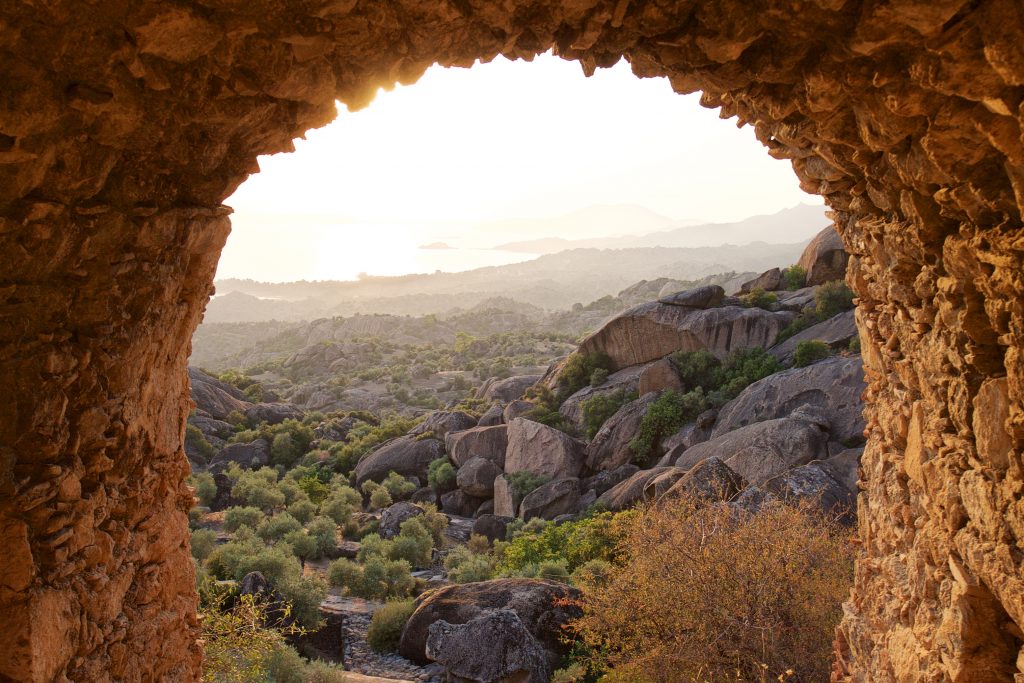
The lake and its perimeter comprise one of the 189 natural parks of Turkey. While a major highway runs along the southern edge of the lake, the northern side is home to little more than steep slopes and wild olive trees. At the eastern tip lies the village of Kapıkırı, the now touristic center of the region and perfect place to setup base camp. There are many guesthouses and boutique hotels in the village along with multiple restaurants and a market or two. During the summer season you’ll also see colorful gumdrop tents popping up one after another along the lakeside. The region is easily accessible thanks to frequent flights from all major cities to the Bodrum / Milas airport. As far as public transportation, there are no minibuses which run directly from Milas to Kapıkırı. You can jump on any bus headed towards Söke and get off at the Kapıkırı junction, from there taxis are available for the last 10 kilometers to the village, or there’s always hitchhiking or your trusty legs.
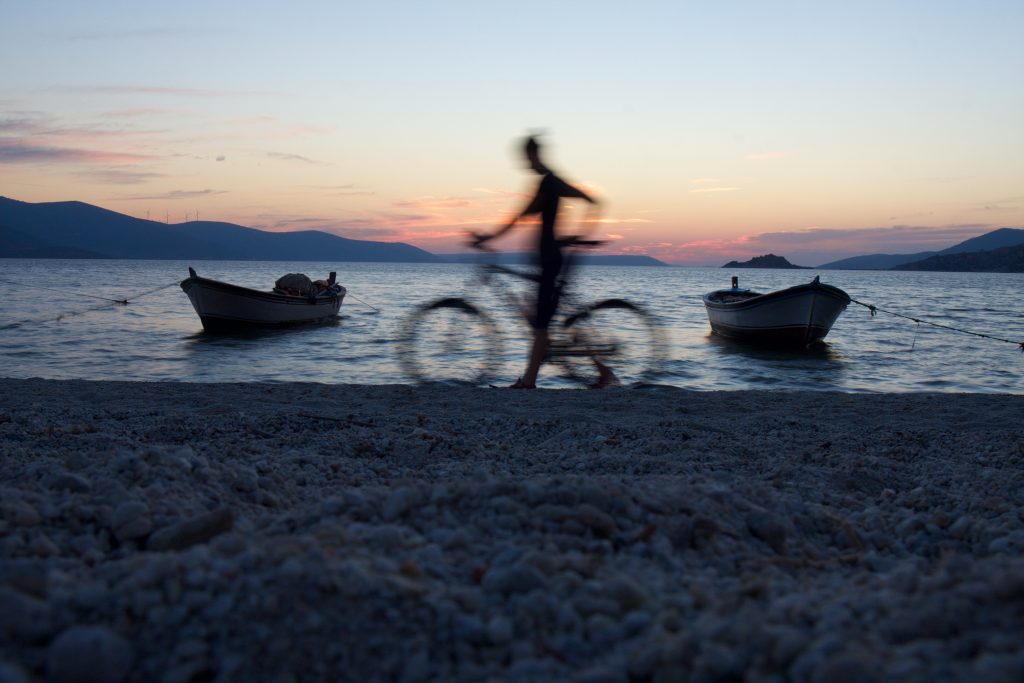
Activities are endless here: hiking trails abound, bouldering is growing in popularity here among finger masochists, there’s bird-watching for whoever does that, the lake is perfect for paddleboard / kayak type water sports, history nerds will rejoice in the diversity, and you can even climb to the peak of Mt. Latmus of mythological fame. You can get a taste of all of it within just a few days, or relax by the calm shores of the lake for months.
Yediler Monastery
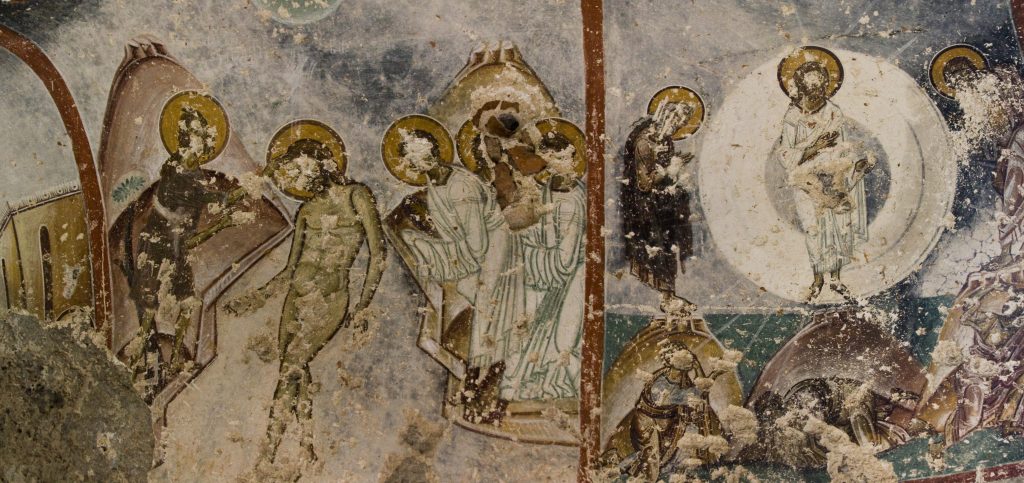
The region of Bafa and the Beşparmak Mountains are peppered with monasteries dating back to the Byzantine era in addition to the more ancient of local ruins. Located closest to the village of Kapıkırı is the Yediler or Kellibaron Monastery. Basically it’s a huge structure made of local stone consisting of an upper and lower sections containing chapels, niches, and all the usual stuff. The thing that sets Yediler apart is the amazingly well preserved colorful frescoes featuring Jesus’s crucifixion, baptism, and transfiguration, all hidden nicely under a little mushroom-esque boulder. To visit the monastery, head west from Kapıkırı towards the main highway, turning left to pass through the village of Gölyaka. You’ll see the red and white waymarks of the Carian Trail (painted by yours truly) guiding you all the way up past the village and onto a well-worn path. Once you reach the ruins walk alongside the eastern wall until the path curves to the left. Keep straight here for another 100 or so meters and start the search for the magic mushroom rock and the frescoes hidden under its overhang.
Kerdemlik
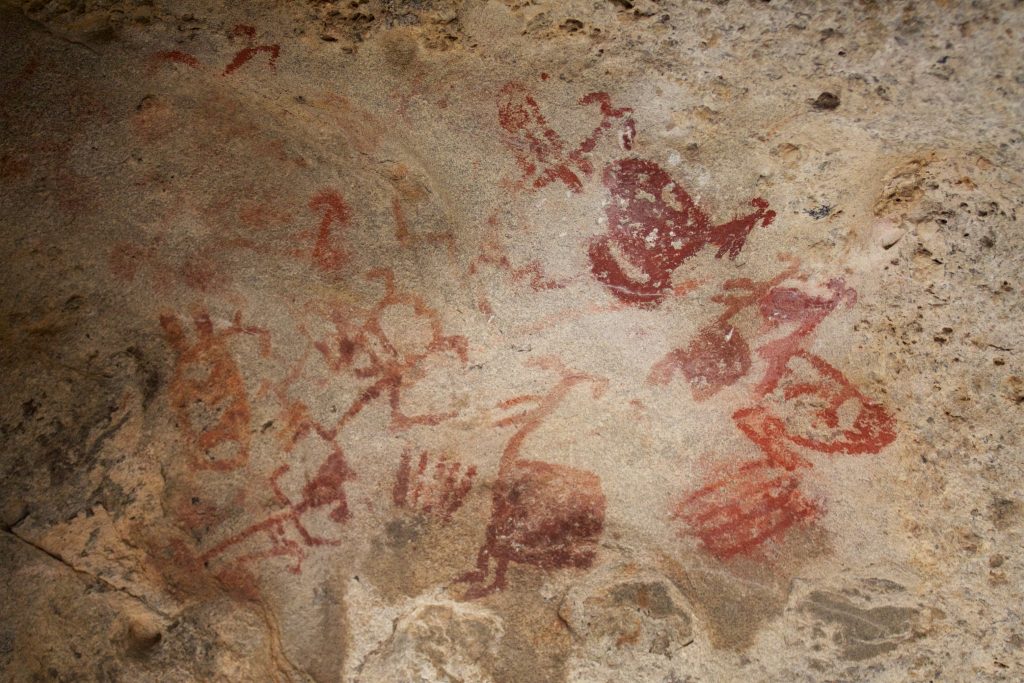
Kerdemlik gets its name from the watercress (called ‘kerdem’ by locals) which grows alongside the streams and wetlands nearby. It’s now better known as the home of the cave paintings dating back to 6000-5500 BCE which were first documented by archaeologist Anneliese Peshlow in the 1990s. While most period cave paintings feature animals and hunting scenes, the Kerdemlik paintings mostly depict human couples, the women being the more voluptuously portrayed of the two. I like to think these are paintings of the crazy cave dance parties they used to have back in the day. These painting are actually quite tricky to find, which has probably been a major factor in their preservation. What I can tell you is that they are located just off of the same Carian Trail route, a bit up the path from the Yediler Monastery.
Herakliea
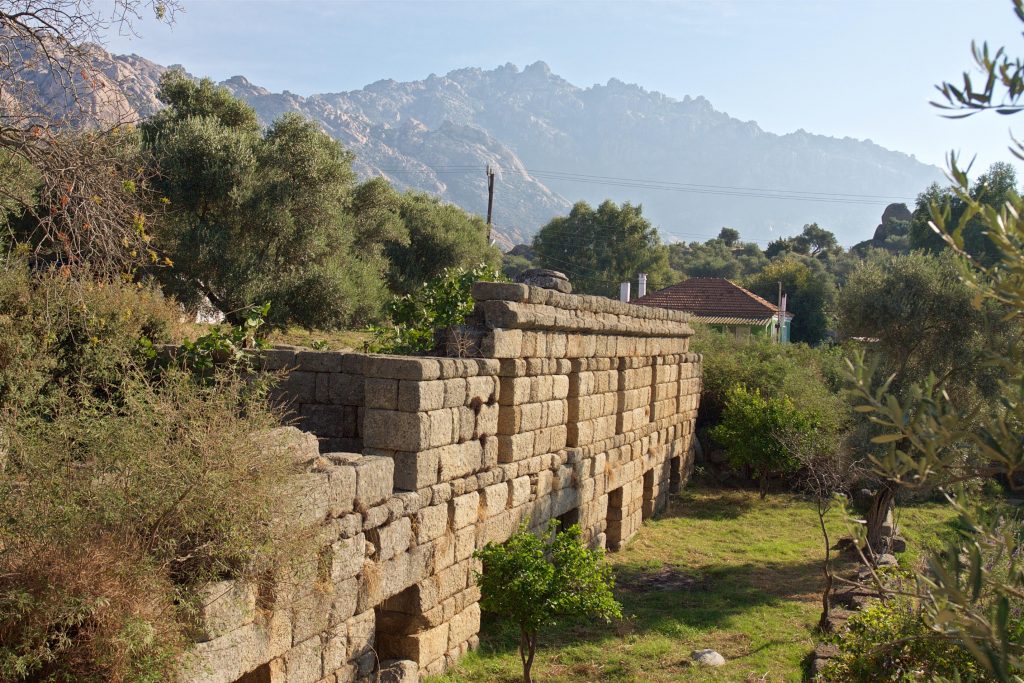
Ready to balance out our historical tasting platter are the extensive ruins of Herakliea, scattered throughout the area of Kapıkırı. The city got its start in the 4th century BCE when residents of nearby Latmos (whose remains are still located at the top of a path between Kapıkırı and Gölyaka) were moved to this new location. In the 3rd century BCE endless stone trade roads were constructed from the lake all the way up the slopes of Mount Latmus. Many of these ancient roads have survived to this day, but due to the increased use of agricultural machinery, many villagers have started to tear up these ancient artifacts in favor of dirt roads which are accessible by tractor. See them while you still can! Much of the remainder of the ancient city is now intertwined within the modern-day village. Wandering around you’ll find an agora, bouleuterion, theatre, temple of Athena, nymphaeum, and the walls which used to surround the city.
Bağarcık / Latmus Peak
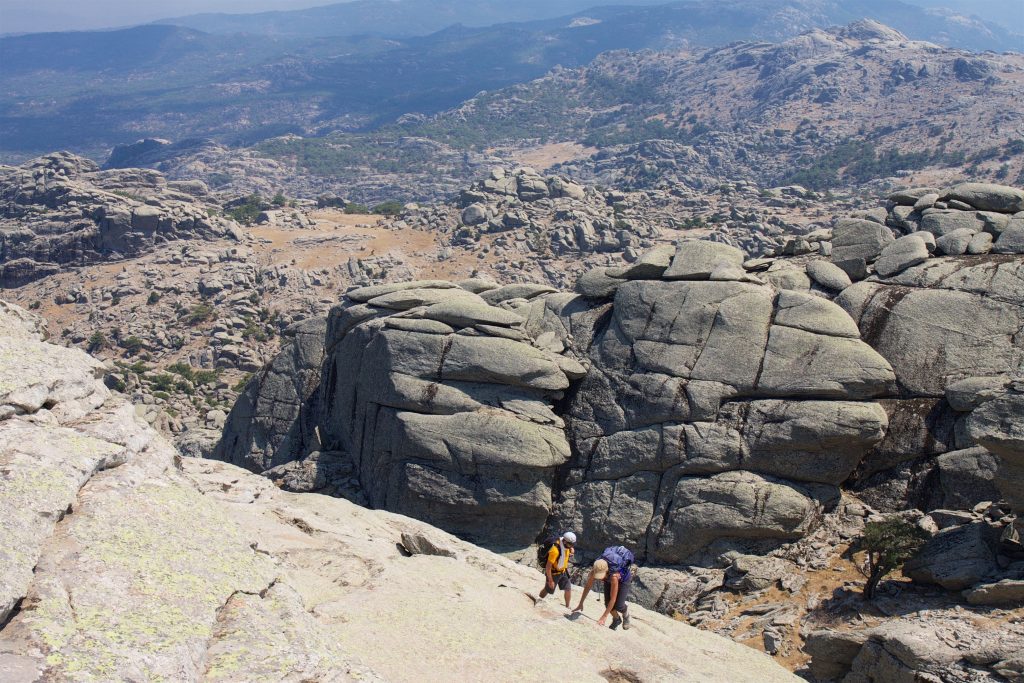
You could come to Bafa and just revel in the history, or drink rakı by the lake and have a great time. But for those of us left unsatisfied without a good daily sweat, or travelers in search of more adventure than relaxation, there is the hike from the village of Bağarcık up to the top of Mount Latmus. Tucked away within the Beşparmak range, the Bağarcık area is not only home to one of the craziest, almost prehistoric, landscapes I’ve ever seen, the lifestyle here also seems to have remained the same for millennia. Just an hour or two away from modern cities like Bodrum and Muğla, there are still people living in makeshift huts without electricity, hauling their water home via donkey, away from nearly any human contact, let alone roads or shops. The hike runs from the village itself, up the mountain, twisting between shimmering boulders, the sunlight filtering through the shade of the high pines. The peak itself is no more than 10 kilometers from the village, but the terrain and ascent make it challenging enough for you to fully appreciate the amazing view out over the entire region once you reach the top. And then you can drink your rakı and dip your feet in the lake.
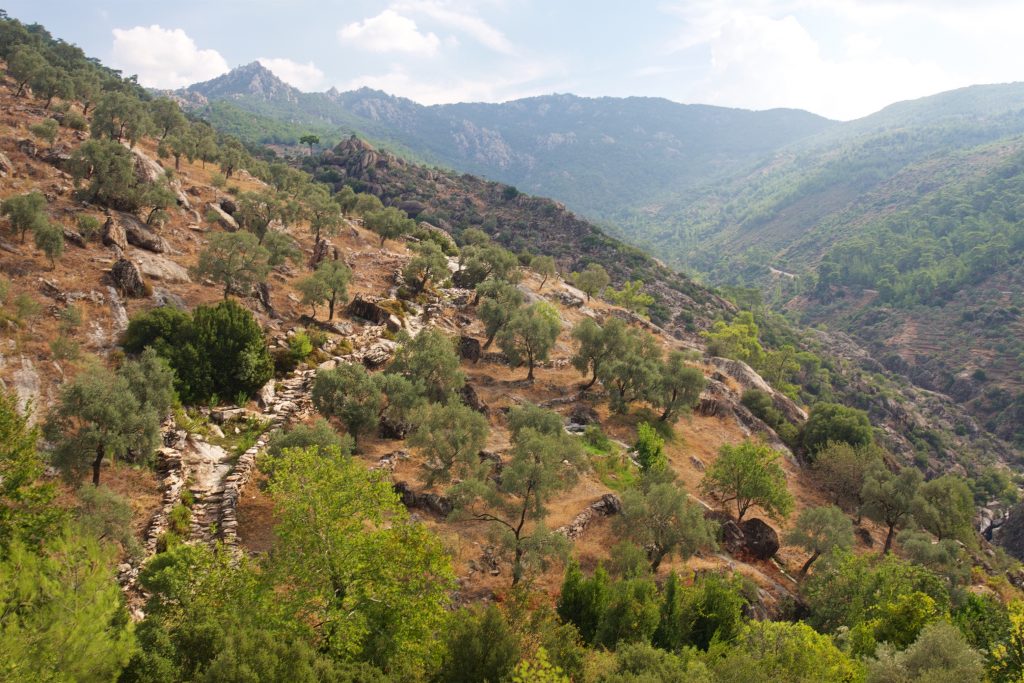
The contrast between what we typically expect of the Aegean region and the area surrounding Lake Bafa will surprise you. It truly makes for the perfect holiday for almost anyone. From lovers of good food and relaxation to adventurous backpacking types, the history and unique landscape of the region is something not to be missed.









